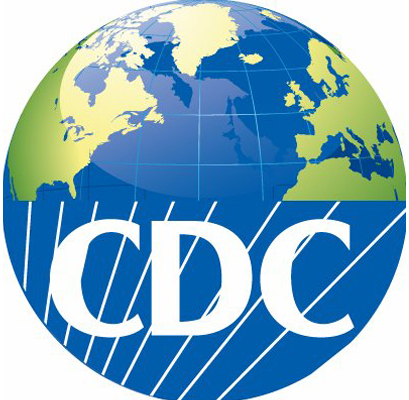Social distancing and extra disinfection procedures are part of our foreseeable future, and as the country slowly reopens, the Centers for Disease Control and Prevention (CDC) has detailed a number of steps that business owners must to take to keep their teams and customers safe.

In vehicles
While the transportation industry has always been on the forefront of ensuring a safe, enjoyable experience for clients, these added precautions will only enhance the industry’s dedication to being a safe alternative to public transit and ridesharing options. Many operators have shared that they are adding partitions and reducing the number of people in vehicles, often using larger vehicles for fewer passengers to keep a safe distance. Obviously, the use of masks, hand washing whenever possible, reducing contact with passengers, offering hand sanitizing products, and completely cleaning vehicles in between runs with CDC-approved disinfectants are all parts of a safe protocol.
Additional guidelines for transportation providers
Additional guidelines for bus and motorcoach operators
In the office
It’s critical to maintain a safe working environment for your office staff. If your office has been unoccupied for seven or more days, the CDC recommends only the normal routine cleaning to reopen as COVID-19 has not been shown to survive on surfaces longer than this time.
However, additional procedures should be taken upon reopening. According these guidelines, most surfaces and objects in your office will just need normal routine cleaning. Frequently touched surfaces and objects like light switches and doorknobs will need to be cleaned and then disinfected to further reduce the risk of germs on surfaces and objects. Soft and porous materials, such as area rugs and seating, may be removed or stored to reduce the challenges with cleaning and disinfecting them. Work stations should be frequently cleaned and disinfected, and staff should always practice frequent handwashing. Don't forget about your maintaince area and break room.
CDC’s advice for reducing the risk of exposure:
- Coronaviruses on surfaces and objects naturally die within hours to days. Warmer temperatures and exposure to sunlight will reduce the time the virus survives on surfaces and objects.
- Normal routine cleaning with soap and water removes germs and dirt from surfaces. It lowers the risk of spreading COVID-19 infection.
- Disinfectants kill germs on surfaces. By killing germs on a surface after cleaning, you can further lower the risk of spreading infection. EPA-approved disinfectants (list here) are an important part of reducing the risk of exposure to COVID-19. Alternative disinfectants can be used (for example, 1/3 cup of bleach added to 1 gallon of water, or 70% alcohol solutions).
- Store and use disinfectants in a responsible and appropriate manner according to the label. Do not mix bleach or other cleaning and disinfection products together–this can cause fumes that may be very dangerous to breathe in. Keep all disinfectants out of the reach of children.
- Do not overuse or stockpile disinfectants or other supplies. This can result in shortages of appropriate products for others to use in critical situations.
- Always wear gloves appropriate for the chemicals being used when you are cleaning and disinfecting. Additional personal protective equipment (PPE) may be needed based on setting and product.
- Practice social distancing, wear facial coverings, and follow proper prevention hygiene, such as washing your hands frequently and using alcohol-based (at least 60% alcohol) hand sanitizer when soap and water are not available.
Most importantly, once a cleaning protocol has been written and implemented, it is imperative that is distributed to all employees and the proper training has been conducted so that they are following these health-saving procedures.
An in-depth guide can be found at cdc.gov/coronavirus/2019-ncov/community/reopen-guidance.html.
[05.01.20]

